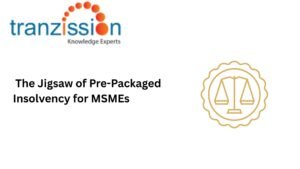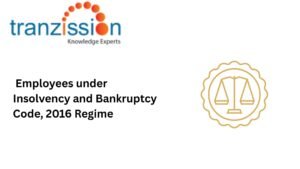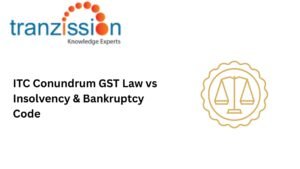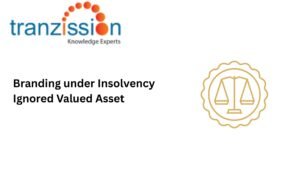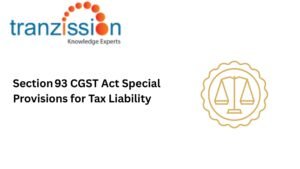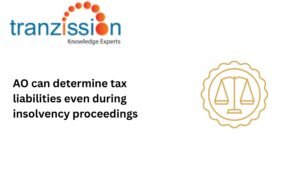
Section 11 of IBC – Persons Not Entitled to Make Application
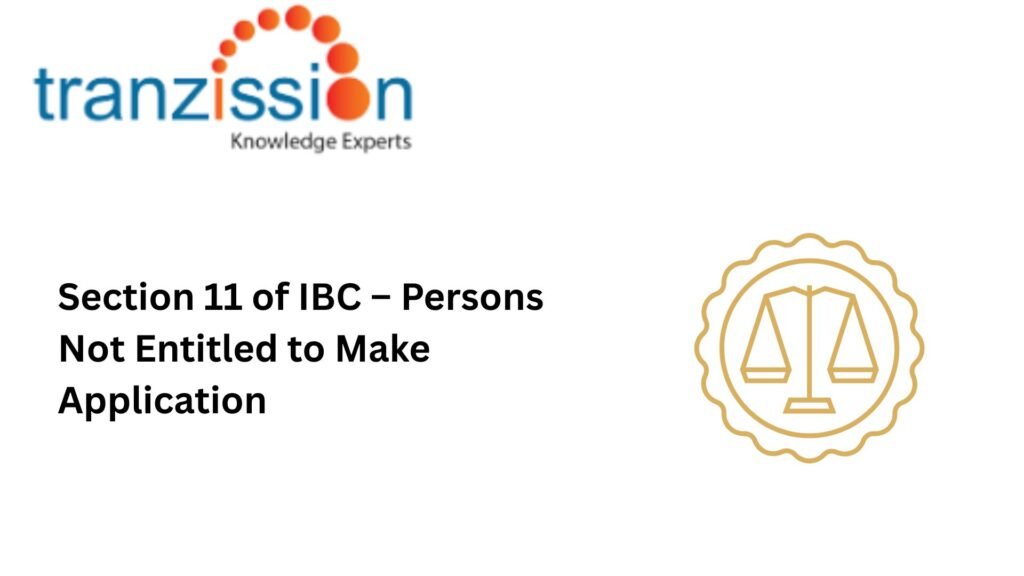
Table of Contents
Section 11 of IBC deals with ‘Persons not entitled to make an application’. This provision restricts who can initiate a Corporate Insolvency Resolution Process (CIRP), preventing a corporate debtor undergoing or recently having completed CIRP, or one who has violated a resolution plan, from initiating a new one.
What is the purpose of Section 11 of IBC ?
This provision ensures that corporate debtors cannot file insolvency proceedings against themselves to escape liabilities and prevents entities already undergoing insolvency from misusing the process to delay creditor claims.
Who is Restricted Under Section 11 of IBC?
The following persons shall not be entitled to make an application to initiate CIRP:
- a corporate debtor undergoing a corporate insolvency resolution process or a pre-packaged insolvency resolution process (PPIRP),
- a financial creditor or an operational creditor of a corporate debtor undergoing a PPIRP,
- a corporate debtor having completed the corporate insolvency resolution process 12 months preceding the date of making of the application,
- a corporate debtor in respect of whom a resolution plan has been approved under Chapter III-A, twelve months preceding the date of making of the application,
- a corporate debtor or a financial creditor who has violated any of the terms of the resolution plan that was approved twelve months before the date of making of an application under this Chapter, or
- a corporate debtor in respect of whom a liquidation order has been made.
Judicial Interpretation of Section 11 of IBC
Courts have upheld that corporate entities cannot use CIRP as a tool to indefinitely postpone debt repayments and the restriction applies even if the corporate debtor claims a change in circumstances post-CIRP completion. A landmark decision regarding section 11 of the IBC is the Supreme Court ruling in Forech India Ltd. vs. Edelweiss Assets Reconstruction Co. Ltd., clarifying that the bar on initiating CIRP only applies to a corporate debtor undergoing insolvency, not to financial or operational creditors. The NCLT Mumbai Bench in the M/s Instyle Exports case emphasised that no two parallel insolvency proceedings should run against a corporate debtor, preventing the corporate debtor from impeding the repayment process. Thus tribunals and courts have ruled that Section 11 aims to prevent repeated insolvency abuse and financial instability.
Suggested Reading : CIRP Regulation 39D of IBBI Regulations, 201
Implications of Section 11 for Insolvency Professionals & Creditors
The implications of this provision for insolvency professionals and creditors are:
Challenges for Resolution Professionals in Managing CIRP Eligibility:
Insolvency professionals (IPs) must ensure that applicants meet the eligibility criteria before initiating CIRP. This includes verifying the corporate debtor’s insolvency history to avoid application rejection.
Impact on Financial Creditors & Operational Creditors:
Financial creditors need to assess whether their claims are valid under the IBC before filing applications, which may be an issue because they do not have the required experts. Further, operational creditors cannot initiate multiple insolvency claims against the same debtor for the same default.
Legal Remedies for Companies Barred Under Section 11 of IBC
Corporate entities restricted under Section 11 may explore out-of-court settlements or restructuring mechanisms, and debt restructuring through one-time settlement (OTS) agreements is a viable alternative.
Challenges & Limitations in Implementing Section 11 of IBC
The challenges and limitations in implementing section 11 of the IBC are:
Grey Areas in Interpretation of CIRP Restrictions:
Section 11 can be interpreted in multiple ways, leading to some confusion regarding its application. For instance, confusion can arise when a corporate debtor exits CIRP but faces fresh financial distress.
Overlapping Legal Provisions With Other Sections of IBC:
There are certain cases involving conflicts between Section 11 of IBC and other IBC provisions, like section 29A, which bars defaulting promoters from bidding for the company in insolvency resolution.
Difficulties Faced by Creditors in Recovering Dues:
This provision can present difficulties for creditors seeking to recover dues, particularly when it concerns the initiation of the CIRP against a creditor who is also a corporate debtor.
Best Practices for Insolvency Professionals & Corporate Entities
To improve the procedural and legal issues that arise due to Section 11 of IBC , certain steps could be taken:
- IPs need to ensure compliance with section 11 before filing the CIRP application.
- Legal experts and IPs can explore alternative debt restructuring mechanisms.
- The Insolvency and Bankruptcy Board of India (IBBI) can strengthen regulatory oversight to prevent misuse.
Conclusion
Section 11 prohibits certain individuals, including corporate debtors and financial creditors, who have violated a resolution plan, from initiating the resolution process. This provision aims to prevent multiple insolvency proceedings against the corporate debtor, which could hinder the repayment process. However, it is important to note that this section does not prevent a corporate debtor from initiating CIRP against another corporate debtor. However, there are many challenges that the corporate debtor, creditors, or insolvency professionals face due to this provision. To address these legal hindrances, the NCLT needs to provide judicial clarity, and the IBBI needs to introduce legal amendments and include digital tools in insolvency procedures.

